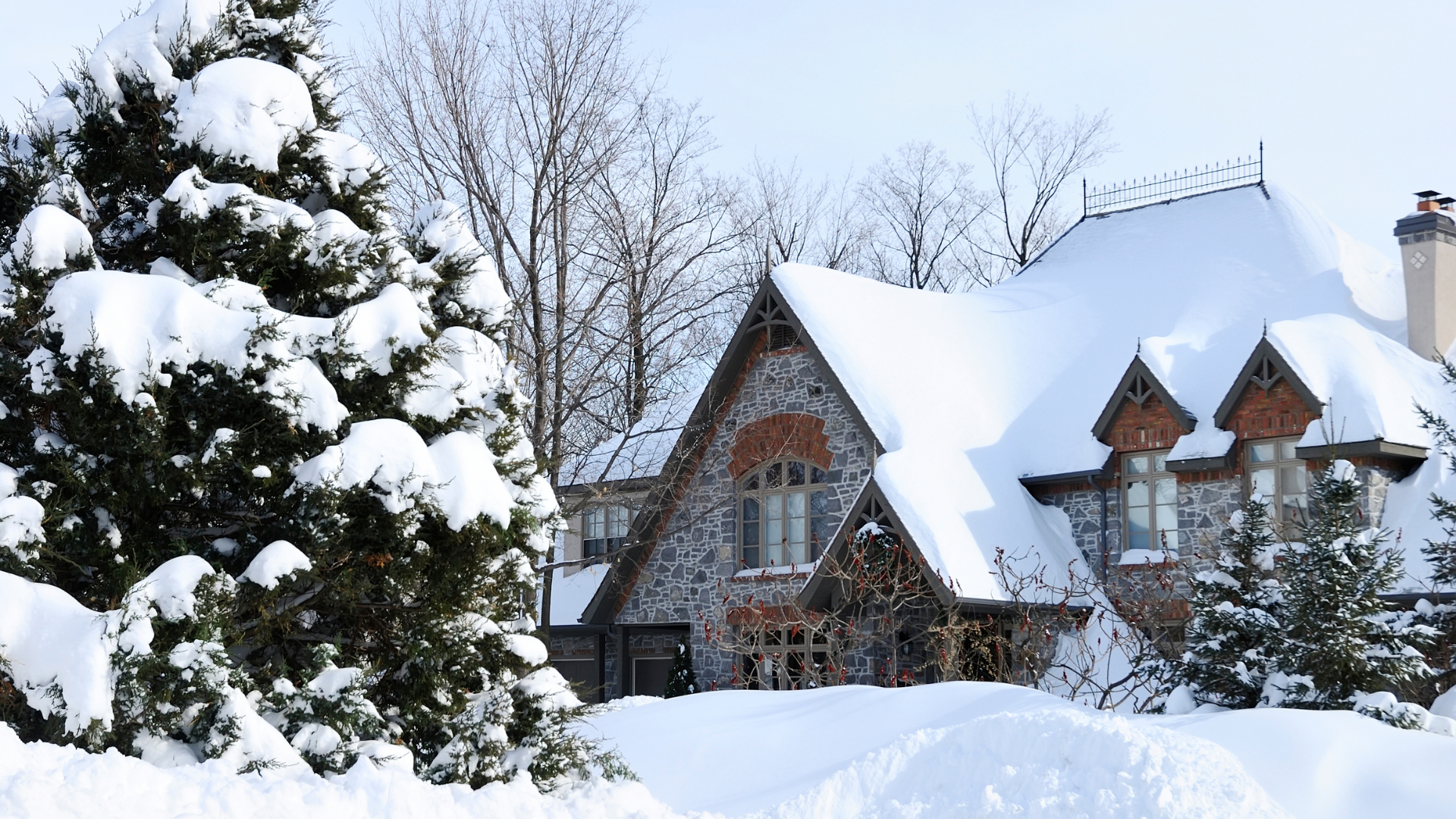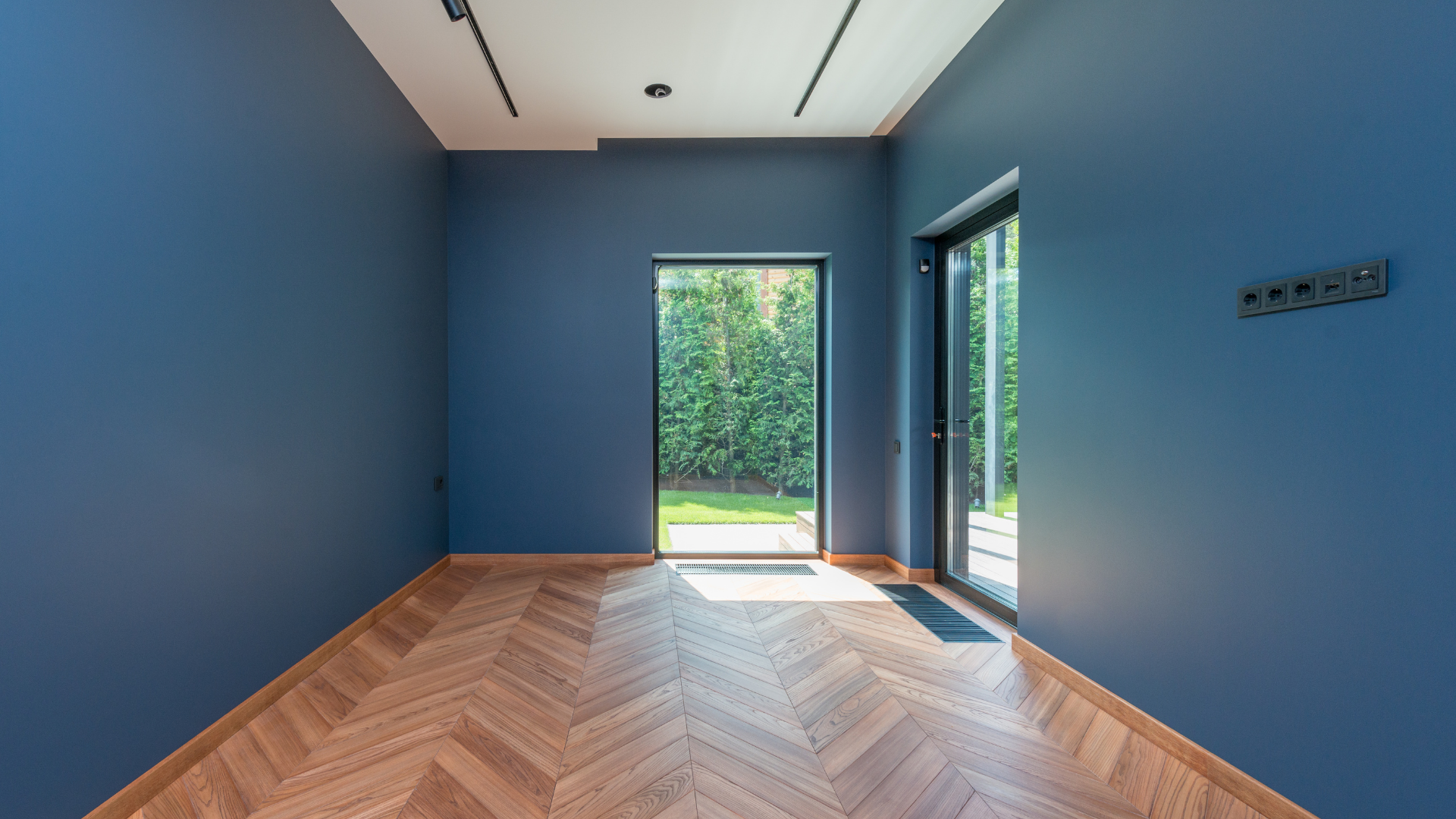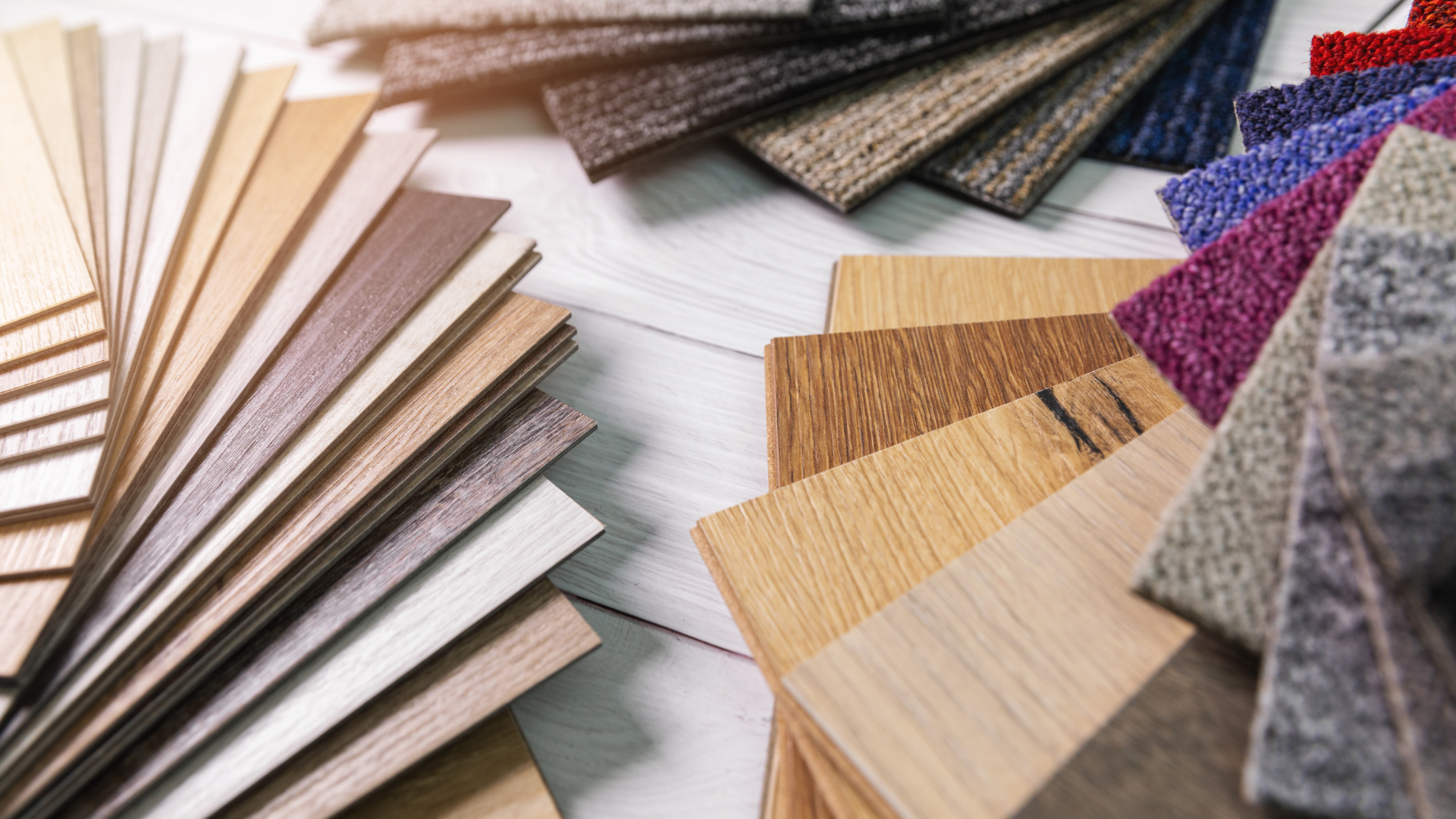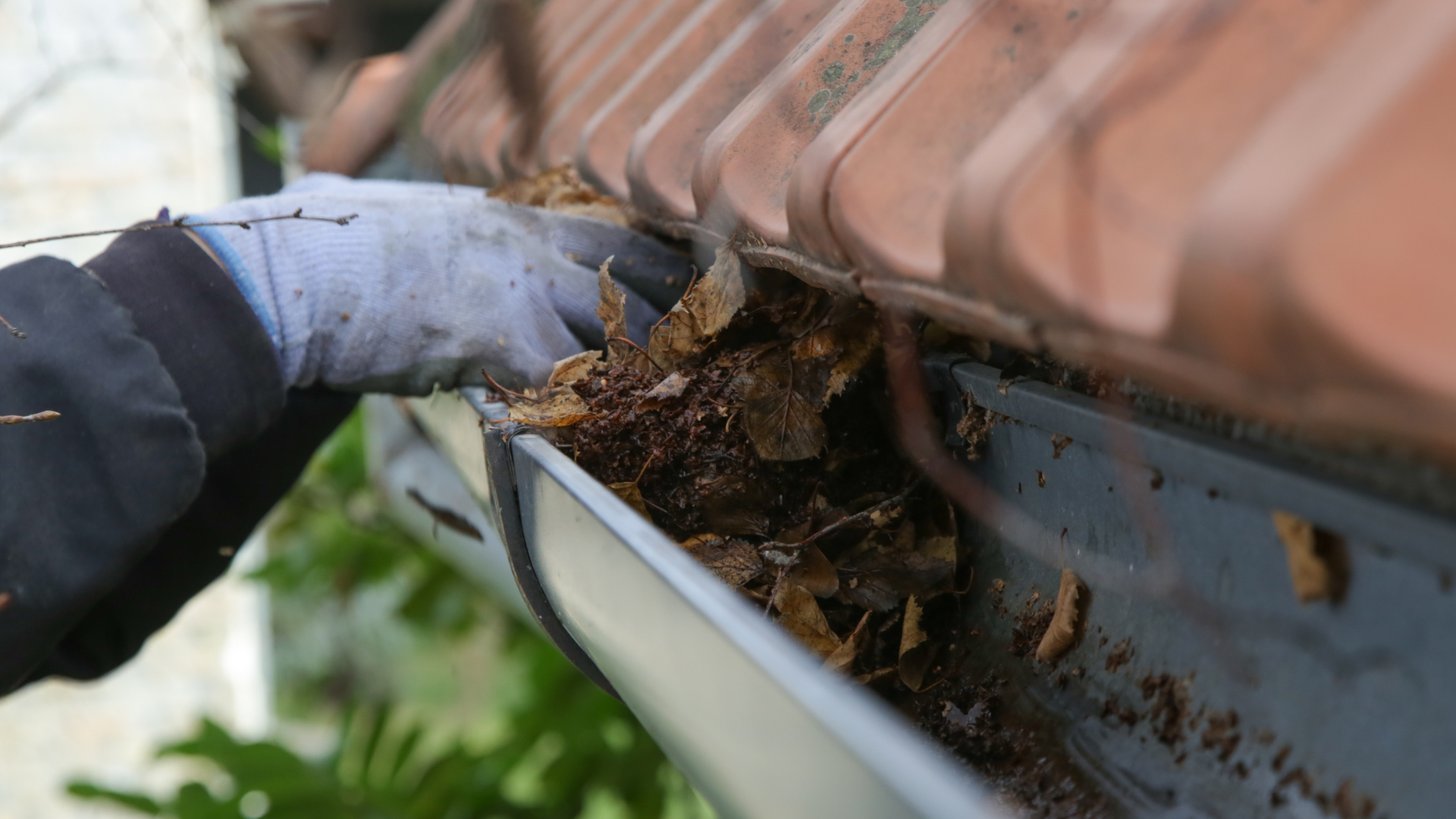Seasonal Upkeep Tips For Long-Lasting Homes
How Seasonal Maintenance Extends Your Home’s Lifespan
Seasonal changes have a way of sneaking up on people, even when the calendar makes the timing predictable. Weather patterns shift, temperatures swing, and suddenly a home that felt perfectly comfortable begins showing signs of strain. Keeping a house in strong condition as months roll by depends on paying attention to the subtle transitions happening outdoors and responding before those transitions begin affecting the structure. This kind of upkeep is less about major construction projects and more about consistent habits that help a property handle anything the environment sends its way. The goal is to create a smooth routine where each period of the year connects naturally to the next without unpleasant surprises.
The exterior of a home tends to reveal the first clues that a new season is coming. Paint that looked crisp in spring may appear worn after a hot stretch, and materials that felt sturdy during cooler days can react differently when exposed to humidity or frost. Taking time to walk around the property and notice small changes helps prevent larger headaches. Cracks around windows, slightly loose boards, faint discoloration on siding, and subtle shifts in trim often develop quietly. Even though none of these things seem dramatic on its own, they can become more problematic if ignored. The trick is to treat seasonal upkeep as an expected part of homeownership rather than something reserved for emergencies.
During transitional months, moisture management becomes particularly important. Rain, melting snow, and condensation move unpredictably, so paying close attention to how water travels around the structure keeps the building envelope in great condition. Gutters play a major role in guiding water away from the roofline and foundation, and when they are filled with debris or sagging, they can cause a chain reaction of issues. A simple check to confirm they are clear and aligned makes a noticeable difference. Downspouts that redirect water too close to the house can also challenge landscaping and make the soil shift in ways that place pressure on the foundation. Adjusting their angle or adding extensions can keep the property more stable.
Roofs face a constant battle with shifting weather. Sunlight, wind, low temperatures, and storms affect materials differently, and even a small number of misaligned shingles can lead to moisture reaching areas it shouldn’t. Homeowners sometimes don’t notice changes up there until a leak appears indoors, which makes routine roof evaluation essential during seasonal transitions. Paying attention to the general shape, noting any unusual dips, and looking for patches of granule loss helps reveal areas that need attention. While not every irregularity signals a significant problem, a proactive mindset prevents minor issues from turning into repairs that require extensive work.
Homes also react to temperature changes in less visible ways. As warm air becomes cooler or the opposite happens, materials expand and contract. This natural movement can influence how doors close, how tightly windows sit in their frames, and how insulation behaves behind walls. When a door suddenly sticks or a window feels drafty, it may point to a small adjustment needed to keep the interior comfortable. These gradual shifts often show up near season changes, making them good moments to look closely at how the interior envelope is functioning.
Maintaining Indoor Comfort Throughout The Year
Inside the home, the mechanical systems are the quiet heroes that adapt to weather patterns without much complaint. However, they do need periodic attention to keep functioning efficiently. Heating and cooling equipment tends to work harder when outdoor temperatures reach extremes, and a bit of upkeep can preserve its performance. Changing filters on a consistent schedule, listening for unusual sounds from the system, and checking airflow in each room help maintain good performance. When air circulation feels uneven or there is a noticeable reduction in comfort, it often means the system is asking for a tune-up.
Temperature regulation is closely tied to insulation and ventilation. Even though insulation is hidden behind walls, its condition affects day-to-day living. If certain rooms feel cooler or warmer than others as seasons shift, there may be gaps or settling that need to be addressed. Proper ventilation also matters more than many homeowners realize. When airflow is restricted, humidity levels can rise indoors, causing condensation near windows or in corners. Observing these small signals and responding promptly can prevent materials from weakening or developing unwanted buildup.
Windows and doors serve as a home’s link to the outdoors, and they often reflect environmental changes first. Glass panes can collect moisture if interior humidity gets too high, and frames can show signs of minor warping after long stretches of heat or cold. Resealing problem areas or updating worn weatherstripping can make a tremendous difference in comfort and energy efficiency. Each season presents a slightly different demand, so these areas benefit from frequent checks throughout the year.
Floors also feel the influence of seasonal shifts. Hardwood can react to changes in humidity, while tile and laminate may develop small spaces between sections if the home experiences dramatic temperature swings. Paying attention to these details keeps the interior polished and prevents gradual deterioration. When homeowners recognize patterns in how their materials behave, they can make adjustments that keep the interior stable as the outdoor climate changes.
Protecting The Structural Integrity Of Your Property
Seasonal upkeep goes beyond appearance. It influences how secure and reliable the entire structure remains. Framing, foundations, and support systems interact with the weather more than people often realize. When soil becomes too dry or too saturated, it affects how the house settles. If a property sits on land that naturally shifts throughout the year, preparing for those movements becomes essential. Observing cracks along interior walls, monitoring areas where flooring meets trim, and noting even slight separation in ceiling corners can offer valuable information about how the structure is responding to outdoor conditions.
Water is one of the main elements that tests a building’s durability. Runoff needs to flow in predictable ways, and when it doesn’t, the foundation may experience pressure it wasn’t designed to manage. Landscaping can help guide water in more beneficial directions. Small adjustments to slope or placement of shrubs can redirect moisture more effectively. These kinds of changes may be subtle, but they influence how the property handles storms or thawing snow.
Exterior materials benefit from seasonal attention as well. Brick, stucco, vinyl, fiber cement, and wood each interact with sunlight, wind, and temperature in unique ways. When these materials are cared for regularly, they maintain their strength. A brief inspection between seasons can reveal details homeowners might otherwise miss. Peeling paint, joint issues, or small pockets of trapped moisture become far easier to address when they are spotted early.
Looking after a home throughout the year isn’t one single task but a mindset. Each season hands off the baton to the next one, and with every transition, there’s an opportunity to strengthen the building’s resilience. When homeowners treat these moments as routine, the entire property benefits. The environment may shift, but the structure remains steady because it receives thoughtful attention.
Seasonal upkeep strengthens your home’s durability and helps you stay ahead of changing conditions. If you’d like guidance tailored to your specific property, don't hesitate to contact us at B&G Remodeling. Our team can help you assess your home, understand its needs through every season, and plan improvements that support its long-term condition.
Contact us to discuss your goals and take the next step in giving your home the care it deserves.








